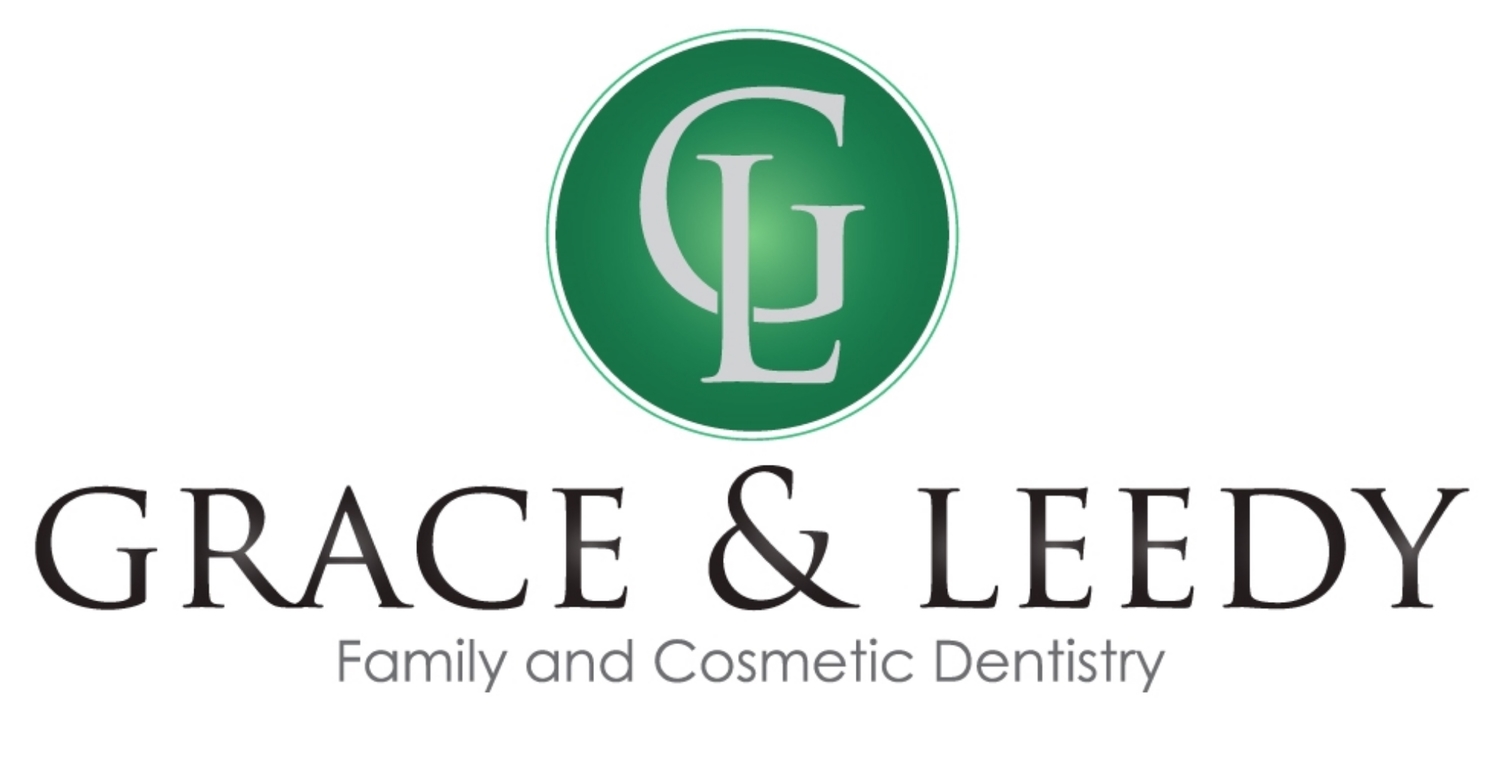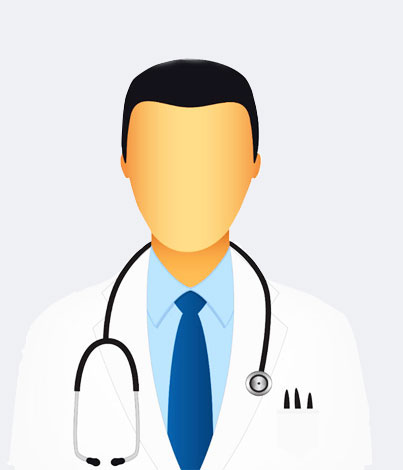Millions of Americans suffer from Temporomandibular Disorders (TMD), but often the pain and discomfort that comes from TMD goes undiagnosed. TMD causes a frustrating amount of symptoms, and those suffering from TMD may live in discomfort for months or even years before understanding what is going on. Many know this disorder by the name of the joint, the Temporomandibular joint or TMJ, but the correct term for the condition is Temporomandibular Disorder or TMD. If you're concerned you may be suffering from TMD, here are the causes and symptoms to be aware of as well as how your dentist can diagnose and treat it.
Temporomandibular Joint
The source of TMD is the Temporomandibular Joint, or the hinge that connects your jaw to your skull. This all-important joint allows you to move your jaw so you can talk, chew food and yawn. When dysfunctional, this vital joint can impact several areas of the head and mouth including the jaw, teeth and head, but it is also known to effect the neck and shoulders.
TMD Causes
TMD is common in men and women, especially those aged 20-40, and the onset of TMD can result in prolonged, uncomfortable and even unbearable pain. Women in their 20s and 30s are the most likely to experience TMD symptoms. You should be evaluated for TMD after any significant injuries to your head including impacts to the skull or jaw or instances of whiplash. However, TMD can be triggered from gradual factors as well, and you can experience symptoms even without suffering significant trauma. Other prominent causes include:
- Gritting, clenching and grinding teeth, both when awake and when sleeping.
- Excessive stress at work or home which causes you to place too much pressure on the jaw and joint.
- A loose connection in the connective tissue of the Temporomandibular Joint.
- Arthritis symptoms in the Temporomandibular Joint.
- Infections in the jaw.
- Strain placed on the jaw area when a tube is inserted into the mouth for surgery.
TMD Symptoms
Those who suffer from TMD can experience a wide array of symptoms. While one symptom may not necessarily indicate the presence of TMD, the combination of several symptoms is indication that you need to see your dentist for further evaluation. Here are the most common symptoms associated with TMD:
- Pain in the jaw, neck and shoulders as well as surrounding muscles in those areas. The pain usually increases when you open your mouth to talk, yawn or eat.
- Excessive headaches.
- Trouble opening your mouth wide or occurrences where your jaw gets stuck and does not close after it is open or vice versa.
- Clicking or popping sensations when you open and close your mouth.
- Ear pain including ringing in the ears, excessive pressure in the ears or a sensation of a "full" ear.
- The feeling that your upper and lower jaw are not "matching up" correctly when you chew or open and close your mouth.
- Unexplained dizzy or woozy feelings.
- Unexplained trouble with your vision.
As you can see, there are numerous symptoms related to TMD that on their own may not necessarily indicate that you have TMD. For example, trouble with your vision may necessitate a visit to the eye doctor if that is your only symptom. An ear infection alone is a sign you need to visit your primary care physician for treatment. The tricky thing with TMD is we're not quite sure what causes it, and this means the symptoms can vary between patients. However, if you think you're suffering from TMD, make sure to schedule a visit with your dentist for further evaluation.
TMD Treatment
Your dentist can use a variety of treatments to address the symptoms of TMD. Treatment options vary based on severity of symptoms and a patient's individual needs. Grace & Leedy Family Dentistry can help you decide which is best for you. Here are the most popular methods of treatment.
HOME TREATMENT
Those who experience only mild TMD symptoms will find that several home remedies can lessen the pain associated with this disorder. Over the counter pain medications and anti-inflammatory aids can help with the aches and swelling associated with TMD. Ice and heat packs placed on the jaw can reduce pain symptoms as well. Those who suffer from TMD will find that eating softer foods can reduce the regularity of TMD symptoms. Behavioral changes like avoiding wide yawning, not chewing gum, and consciously keeping your teeth slightly apart can help. You may even want to investigate relaxation techniques if you're experiencing a lot of stress that may be contributing to TMD. Even if you seek further treatment, these home techniques will be an important part of reducing the pain associated with TMD.
APPLIANCES
You dentist may prescribe the use of dental mouthpieces to keep your teeth from touching and creating conditions that contribute to TMD. These appliances are worn on both the top and bottom teeth, and they are custom built by your dentist so they fit your mouth correctly. These appliances (also called a splint or bite guard) may need to be worn during the day, at night or both.
OTHER TREATMENTS
There are several more substantial treatment options available for those with TMD symptoms, but they are important decisions that need to be carefully evaluated with the help of your dentist. Surgery, injections, ultrasound treatments and other procedures have been used to treat TMD, but the selection of these treatments should be carefully evaluated based upon the patient's unique condition. Grace & Leedy can help you evaluate these treatment options if they are deemed necessary.



